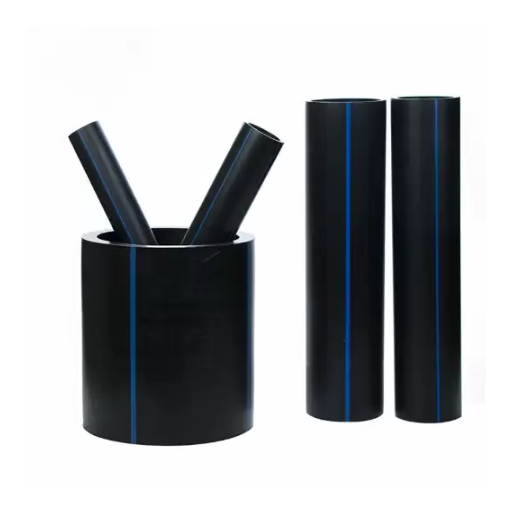When selecting piping materials for water supply systems, often the decision narrows between HDPE (High Density Polyethylene) and PVC (Polyvinyl Chloride). Each technology has been tested over time and has its benefits that have been considered so that one can make an informed choice based on its properties and practical application for a particular job or scenario of long-term interest.
This article ventures into an in-depth analysis of HDPE versus PVC pipe in considerations such as life span, affordability, environmental friendliness, and installation ease. Whether you are in construction, managing projects concerning construction, or simply an active observer of infrastructure decisions, this detailed guide will definitely prove valuable.
Durability and Longevity
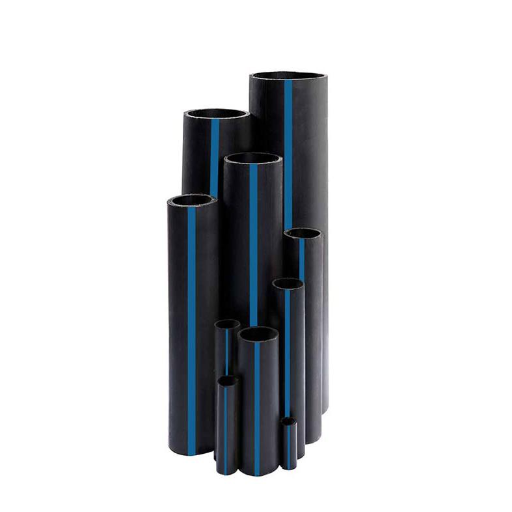
Resistance to Pressure and Temperature
Resistance to pressure and temperature varies from one type of pipe to another, depending on the kinds of materials used for manufacture.
PVC pipes are quite rigid and resist high-pressure loads effectively under any normal operating situation. Still, extreme temperature changes cannot be tolerated with the same capability that HDPE provides. Over a long period of exposure to high temperatures, the PVC pipes might undergo weakening or degradation, thereby limiting their use in industrial and outdoor applications.
| Characteristic | HDPE Pipes | PVC Pipes |
|---|---|---|
| Flexibility | High – accommodates ground movement | Rigid – limited flexibility |
| Temperature Resistance | Excellent – handles extreme variations | Moderate – limited in extreme conditions |
| Pressure Resistance | High – suitable for high-pressure systems | Good – effective under normal conditions |
| Best Applications | Gas/water transport, harsh climates | Drainage, irrigation, stable environments |
Weather Conditions and Longevity
Weather conditions affect the long-term strength and durability of piping materials such as HDPE and PVC.
- HDPE pipes resist extreme temperatures, making them apt for places with fluctuating weather conditions or harsh climates
- Their flexibility allows for expanding and contracting with temperature changes, thereby lessening the incidence of cracking or structural failure
- PVC is best for moderate and stable climates with great resistance to internal pressure
- PVC may become brittle in harsh weather if exposed for a long time to severe cold or excessive direct sunlight
- UV rays cause degradation of PVC material over time, except for materials with anti-UV coating or buried underground
Wear and Tear Over Time
Both HDPE and PVC fall victim to degradation with time, depending on their use and environmental factors:
HDPE Advantages
- Resists cracking, abrasion, and chemical damage
- Handles thermal expansion and contraction well
- Maintains shape in varying temperature environments
- Long-term durability and strength
PVC Considerations
- Excellent corrosion resistance
- Unaffected by long-term moisture exposure
- Can become brittle under heavy loads
- UV exposure can cause color loss and strength reduction
Cost-Effectiveness of HDPE and PVC Pipes
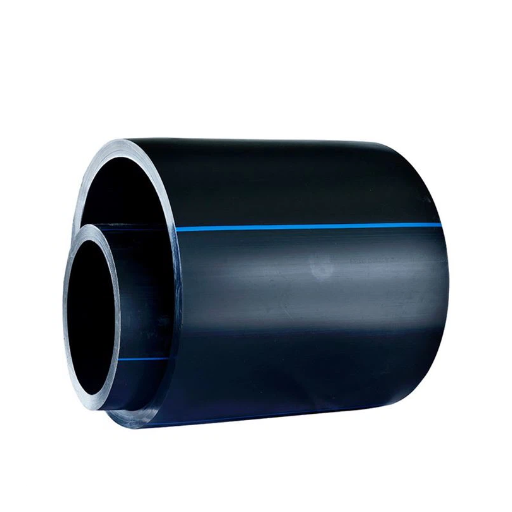
Initial Cost Comparison
When one assesses the initial costs of HDPE pipes and PVC pipes, PVC pipes will generally be the cheaper option. Due to their cheaper pricing, a variety of applications have arisen favoring PVC, particularly in residential or commercial water distribution systems.
Key Cost Factors:
- PVC: Lower initial cost due to simpler manufacturing process
- HDPE: Higher upfront cost but potential long-term savings
- Installation costs vary based on technique and terrain
- HDPE flexibility can reduce installation costs in trenchless applications
Maintenance and Long-term Value
HDPE pipes are durable and minimally maintenance-intensive with the following benefits:
- Very resistant to corrosion, scaling, and chemical reactions
- Flexible nature reduces the risk of stress fractures
- Advanced joint technology provides leak-free, reliable welds
- Service life ranges from 50 to 100 years when properly installed
- Minimal repair efforts and maintenance activities are required
Budget Considerations for Projects
Proper budget preparation should consider:
- Material purchase costs
- Site execution and installation costs
- Environmental impacts and lifecycle maintenance
- Long-term operational costs
- Potential water loss and repair costs
Ease of Installation
Flexibility and Handling Comparison
| Installation Factor | HDPE Pipes | PVC Pipes |
|---|---|---|
| Flexibility | High degree of flexibility for difficult terrain | Rigid, suitable for straight applications |
| Underground Movement | Accommodates soil displacement and seismic activity | Limited accommodation of ground movement |
| Connection Points | Fewer joints are needed due to flexibility | More joints are typically required |
| Handling | Flexible, curves easily | Easy to cut and join in straight sections |
Transportation Considerations
- HDPE: Light and flexible, easier to transport, can be shipped in large coils, less breakage risk
- PVC: Heavier and more rigid, shipped in straight sections, predictable packing methods, and cracking risk if not handled properly
Labor Requirements for Installation
HDPE Installation:
- Requires fewer workers for handling due to its lightweight nature
- May need more time for accurate alignment
- Heat fusion joints require trained workers and specialized equipment
- Accommodates natural terrain irregularities
PVC Installation:
- Simpler alignment due to the rigid nature
- May require more physical effort due to weight
- Fast gasketed or solvent-weld joints require less specialized skill
- May need more site preparation on uneven terrain
Suitability for Various Water Supply Applications
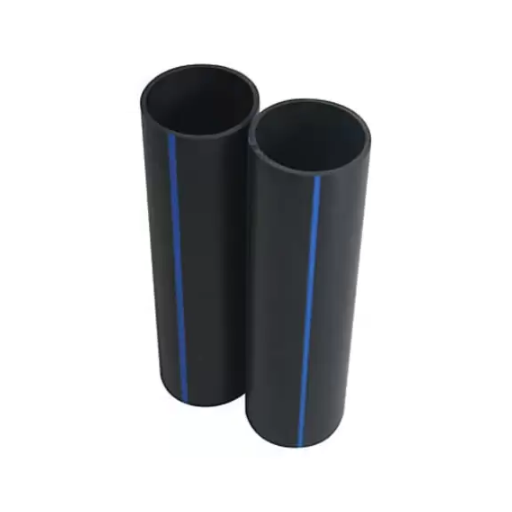
Residential Water Supply Systems
In residential settings, water supply systems are vital in providing clean and safe water to homes:
- HDPE pipes: Chosen for strength, flexibility, corrosion resistance, and long-term reliability
- PVC pipes: Popular for lower initial price and ease of handling, suitable for indoor plumbing
- Consider local conditions, water quality regulations, and installation methods
Industrial Applications
| Industry | HDPE Applications | PVC Applications |
|---|---|---|
| Chemical Processing | Organic solvent environments | Acids and bases applications |
| Water Management | Large pipeline networks (flexibility advantage) | Sewer lines and stormwater drainage (66% of global water distribution) |
| Agriculture | High-pressure irrigation over large areas | Long-distance water transport |
| Construction | Geotextiles and underground ducting | Electrical conduits, window frames, roofing |
| Gas Distribution | Natural gas distribution (high-pressure) | Low-pressure gas systems (occasional use) |
Agricultural Water Line Applications
Critical applications in modern agriculture include:
- Drip and sprinkler irrigation systems
- Liquid fertilizer and nutrient delivery
- Automated irrigation systems
- Animal watering systems
- Remote location water supply
Comprehensive Comparison Summary
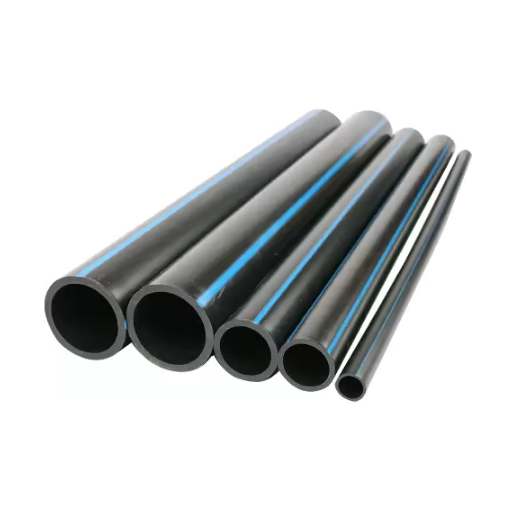
HDPE Pipes: Pros and Cons
Advantages
- Durability: No crystallization, corrosion, or external impact damage
- Chemical Resistance: Suitable for a wide range of substances
- Long Life: 50+ years service life with low maintenance
- Leak-Free Systems: Fusion welding creates monolithic systems
- Environmental: Recyclable material reduces environmental footprint
Disadvantages
- Higher Initial Cost: More expensive upfront than PVC
- UV Sensitivity: Requires protection from direct sunlight
- Temperature Limitations: Limited in very high-temperature conditions
- Specialized Equipment: Fusion welding requires skilled labor
- Support Requirements: May need additional support to prevent sagging
PVC Pipes: Pros and Cons
Advantages
- Economical: Much cheaper than alternative materials
- Lightweight: Easy transportation and installation
- Anti-Corrosion: Resists the majority of chemical agents
- Long Lifespan: Decades of service with proper installation
- Insulation: Reduces heat loss in hot water systems
Disadvantages
- Environmental Concerns: Non-biodegradable, manufacturing hazards
- Temperature Sensitivity: Brittle in cold, deforms in heat
- Pressure Limitations: Not suitable for very high-pressure applications
- Health Concerns: Potential chemical leaching into water systems
- UV Sensitivity: Degrades under prolonged sunlight exposure
Frequently Asked Questions
The main differences lie in their flexibility and durability. HDPE pipes are more flexible, allowing easier installation in applications with ground movement. PVC pipes are stiffer and more brittle, potentially more susceptible to damage depending on circumstances.
Both materials work for cold water applications, but HDPE pipes are preferred due to their resistance to cracking and flexibility, enabling trenchless installation methods. PVC also performs well but may be less resilient in areas with temperature fluctuations.
Yes, PVC is often preferred in municipal water systems and sewage lines due to its chemical resistance and lower cost. However, applications requiring high tensile strength and durability typically favor HDPE.
HDPE pipes generally have higher pressure ratings than PVC pipes, making them suitable for applications requiring higher PSI. HDPE can resist greater stresses with longer service life, while PVC typically rates for lower pressure classes.
HDPE pipes are not commonly recommended for hot water lines, as they may not resist high temperatures as well as CPVC or other materials specifically designed for this purpose. PVC pipes also have restrictions for hot water applications.
Yes, HDPE pipes are significantly more flexible than PVC pipes. This flexibility allows HDPE to be used in various piping applications, including bending and conforming to irregular shapes without cracking concerns.
HDPE pipes offer longevity, flexibility, corrosion resistance, and fusion joint creation for secure water-tight systems. They’re also cheaper to maintain and install compared to many alternatives and are less likely to be damaged.
Despite chemical resistance, PVC pipes can be damaged by extreme temperatures and are more brittle than HDPE. There may also be joint integrity concerns over time, especially with improper installation.
Trenchless technology involves installing pipes without large excavations. HDPE pipes are preferred for trenchless applications due to their flexibility and robustness for water and sewer works. While PVC can be used, its relative stiffness restricts some trenchless procedures.
References and Further Reading
- Evaluation and Development of Structurally Enhanced PVC Water Pipes – Advancement in PVC pipe materials for water utilities
- Performance Evaluation of Large Diameter Pipe Materials for Water Supply Utilities – Comprehensive report comparing pipe materials
- The Quality Assessment of High-Density Polyethylene Pipes – Research on HDPE pipe quality for water supply projects
- Performance Evaluation of HDPE and PVC Pipes for Cross-Drains in Highway Construction – Highway construction application study
- TD526-Review of Pipe Materials – Comprehensive review including HDPE and PVC materials



